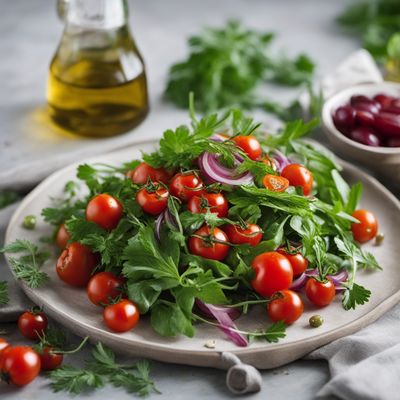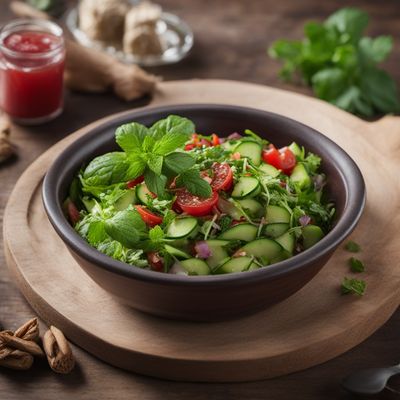
Ingredient
Beer-like beverages
The Art of Brewing: Exploring Beer-like Beverages
Beer-like beverages encompass a vast array of drinks, including beer, ale, lager, stout, and more. They are typically made from fermented grains, such as barley, and flavored with hops, which impart bitterness and aroma. These beverages can vary greatly in taste, ranging from light and crisp to rich and malty, with a wide spectrum of flavors in between. They often have a carbonated texture and can range in color from pale yellow to deep amber or dark brown.
Origins and history
Beer-like beverages have a rich history that dates back thousands of years. The ancient Sumerians are credited with brewing the first known beer around 4,000 BCE, using barley as the main ingredient. Since then, beer has played a significant role in various cultures and societies, from the monastic brewing traditions of Europe to the craft beer revolution in the United States. Today, beer-like beverages are enjoyed worldwide, with each region and country having its own unique brewing techniques and styles.
Nutritional information
Beer-like beverages can provide essential nutrients such as carbohydrates, B vitamins, and minerals like magnesium and potassium. However, they also contain alcohol, so moderation is key. The calorie content can vary depending on the style and alcohol content, ranging from around 100 to 300 calories per serving.
Allergens
Some individuals may be allergic to specific ingredients used in beer-like beverages, such as barley, wheat, or hops. Additionally, those with alcohol intolerance or sensitivity should avoid consuming these beverages.
How to select
When selecting beer-like beverages, consider the style and flavor profile you prefer. Look for fresh, well-packaged products with no signs of damage or leakage. Check the expiration date to ensure freshness, and consider trying different brands and styles to explore the diverse world of beer-like beverages.
Storage recommendations
To maintain the freshness and quality of beer-like beverages, store them in a cool, dark place, away from direct sunlight and heat sources. Keep them upright to prevent oxidation, and avoid temperature fluctuations. Once opened, consume the beverage within a few days for optimal taste and carbonation.
How to produce
Producing beer-like beverages at home requires specialized equipment and knowledge of the brewing process. Amateur brewers can start with beginner-friendly kits that provide the necessary ingredients and instructions. With practice and experimentation, one can develop their own unique recipes and techniques.
Preparation tips
Beer-like beverages can be enjoyed on their own or paired with a variety of foods. Lighter styles, such as pilsners or wheat beers, complement seafood, salads, and lighter fare. Bolder and more robust styles, like stouts or IPAs, pair well with grilled meats, spicy dishes, and rich desserts. They can also be used as an ingredient in cooking, adding depth and complexity to dishes like beer-battered fish or beer-infused stews.
Culinary uses
Beer-like beverages are commonly used in a wide range of culinary applications, including marinades, sauces, batters, and desserts. They can add depth of flavor and complexity to dishes, enhancing the overall taste experience. From beer-braised meats to beer-infused ice creams, the possibilities are endless.
Availability
Beer-like beverages are available worldwide, with each region having its own unique brewing traditions and styles. Some countries, like Germany, Belgium, and the United States, are particularly renowned for their beer production and consumption.




